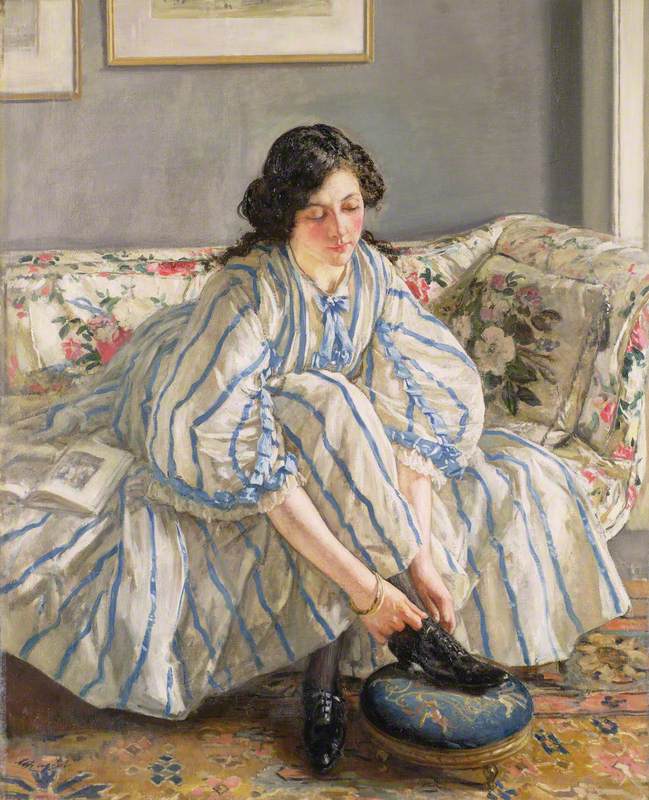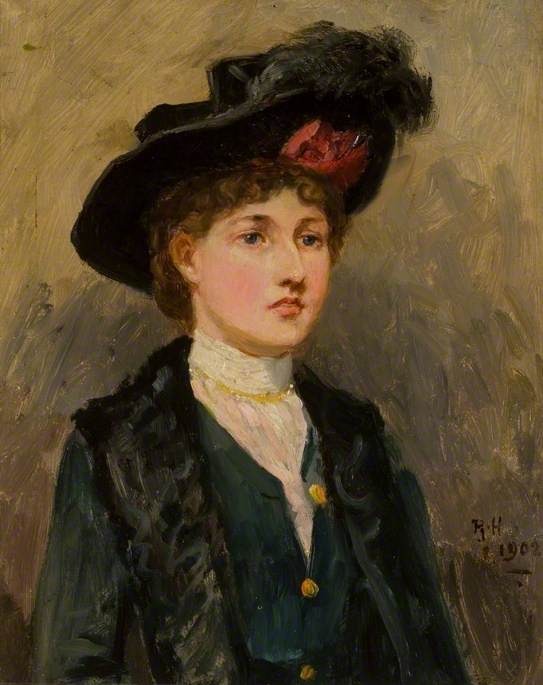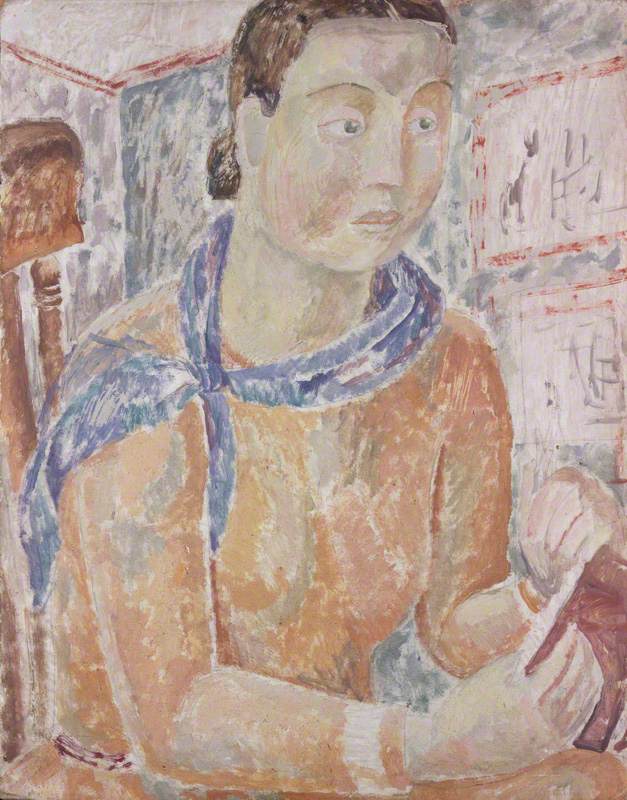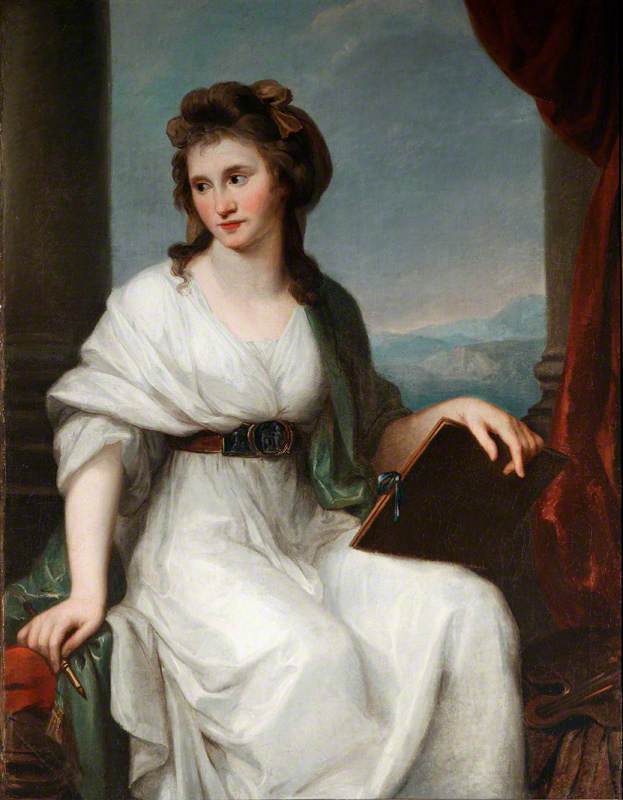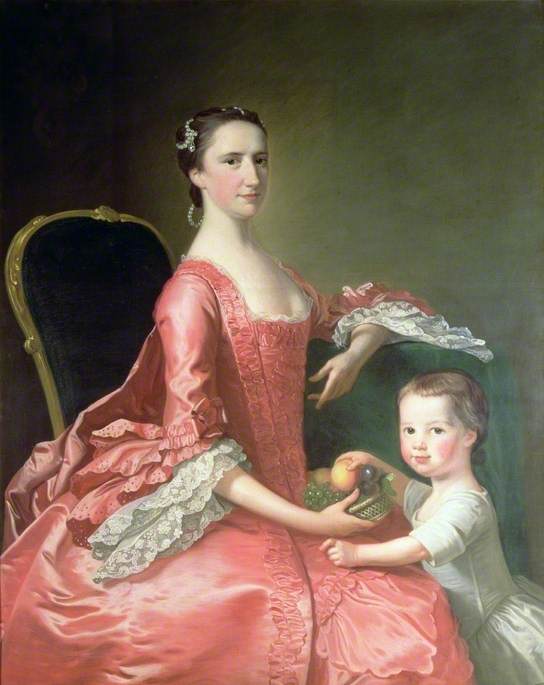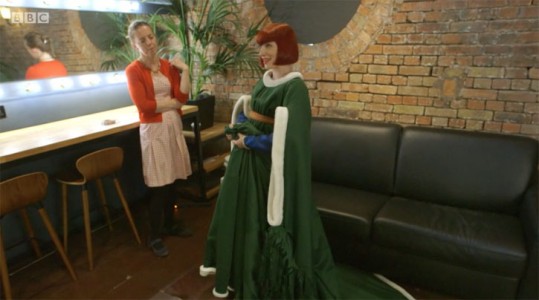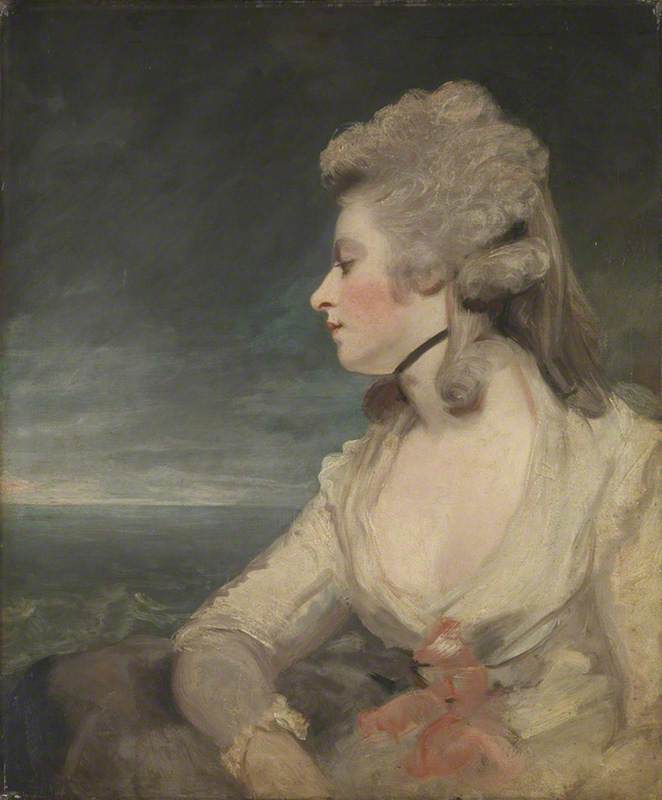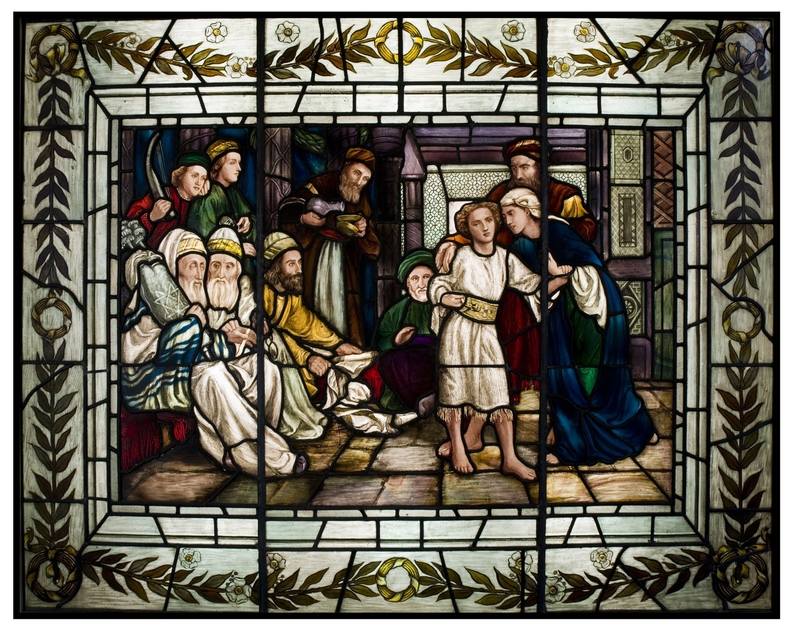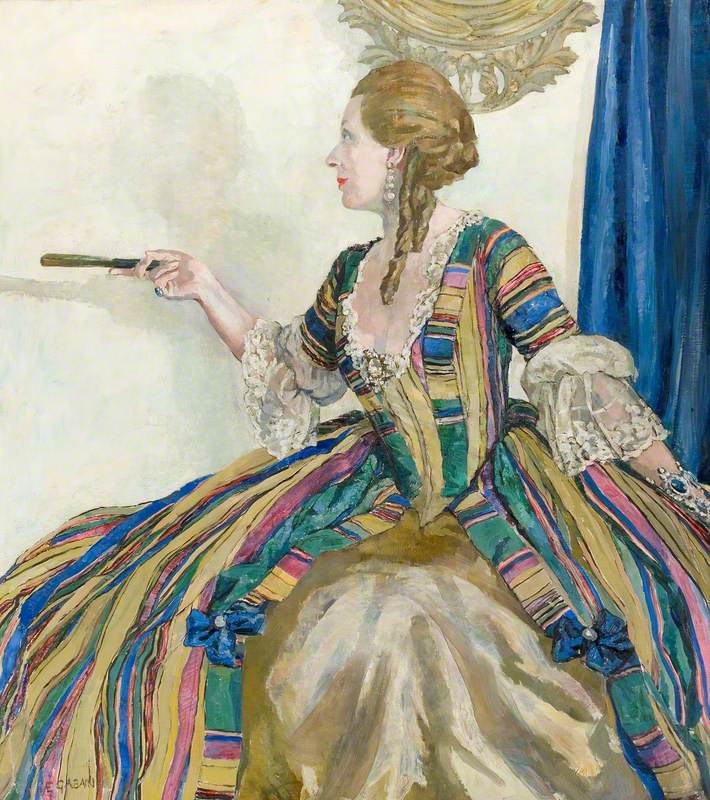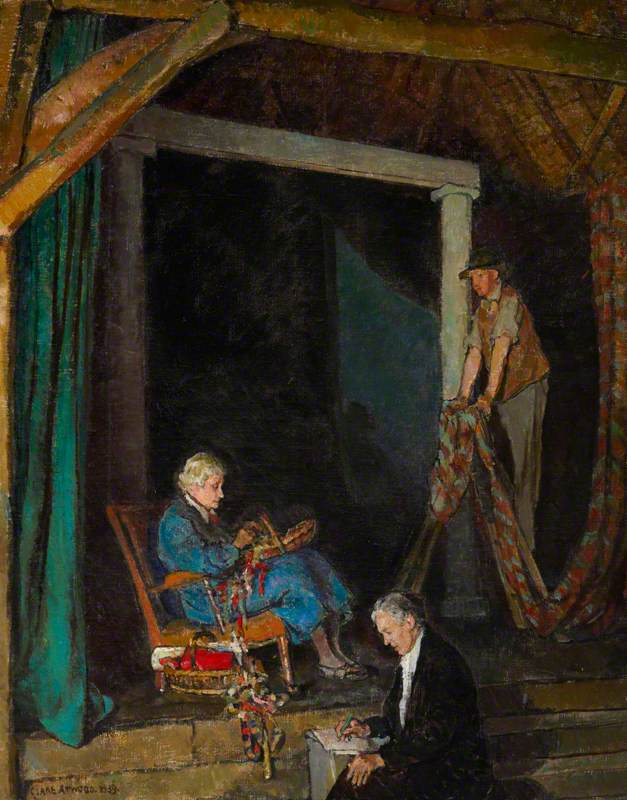We often think of the Edwardian era as a gilded age of garden parties and summer afternoons before the upheavals of the First World War – in the words of cultural historian Samuel Hynes, a 'leisurely time, when women wore picture hats and did not vote, when the rich were not ashamed to live conspicuously, and the sun never really set on the British flag.'
After the death of Queen Victoria in 1901, wealthy society took its cue from the hedonistic lifestyle of Edward VII and looked forward to a new century of opulence, extravagance and luxury.
After the dark fabrics, heavy skirts and bustles of the Victorian era, Edwardian fashion turned to lighter, blousier styles that aimed to liberate women from the stiff conventions of the nineteenth century. Think Helena Bonham Carter in Merchant-Ivory's classic adaptation of A Room With a View – all high collars, diaphanous skirts and ruffled white lace.
The fashions of the early twentieth century are back in fashion according to Vogue, who published 'The New Edwardian: Why Fashion's Gilded Age is Back' in February of this year.
Lingerie dresses in pale, sheer colours were trimmed with handmade lace and painstaking embroidery, replete with ruffles, frills, bows and flowers, often inspired by the natural forms and botanical influences of Art Nouveau. These were accessorised with wide-brimmed hats trimmed with feathers, and soft curls piled on top of the head, as in Frank Bernard Dicksee's portrait My Lady Fair.
At first, these delicate lingerie dresses embodied the leisurely, luxurious lifestyles of upper-class women, but as their popularity increased, less elaborate gowns with machine-made lace were produced, enabling those of more modest means to imitate a social ideal of tranquil femininity and upper-class leisure.
While Victorian fashions had been dominated by the tightly corseted hourglass figure, the new Edwardian silhouette was that of the S curve – a shape that pushed the hips back and the bust forward, exaggerated by floppy blouses that hung over the waist at the front. Paintings like Samuel Melton Fisher's portrait Mrs Rodocanachi illustrate the ideal feminine figure of the period: a mature, womanly silhouette with a pigeon-shaped monobosom, which fashion historians often attribute to King Edward – a notorious womaniser – and his fondness for mature, matronly women.
The S curve of formal wear was still achieved with a specially shaped corset, yet, increasingly, women were shunning corsets for casual occasions, favouring looser, relaxed styles. Influenced by growing calls from doctors and social campaigners for dress reform, the tea gown, such as that worn by the sitter in Walter Westley Russell's portrait Tying Her Shoe, was adopted by fashionable women from the late nineteenth century onwards as something that was pretty yet comfortable, which could be worn without a corset inside the home.
By the Edwardian era, the tea gown was no longer confined to afternoons in ladies' parlours and was increasingly worn at intimate social gatherings, with their billowing sleeves, flowing skirts and accommodating cut enabling the wearer to move more freely without the restrictions of a tightly laced bodice.
Dress reform was closely connected to wider calls for social reform during the period – visible, most clearly, in the figure of the 'New Woman', who worked outside the home, demanded the right to vote, and participated in outdoor activities such as golf, tennis, cycling and motoring.
My aesthetic is Edwardian feminists intimidating children. pic.twitter.com/zVOio38Hgx
— Hannah Rose Woods (@hannahrosewoods) October 20th, 2017
Widely caricatured in newspapers and propaganda throughout the 1890s and 1900s, the New Woman was denounced for adopting more masculine styles of dress such as tailored jackets, and bloomers or 'bifurcated skirts' for cycling – not to mention her implied sexual freedom and shockingly masculine habit of smoking.
As more women began to work in white-collar professions, however, tailored skirt suits became more popular daywear. A tailored jacket and stiff-collared blouse, such as those in Ralph Hedley's portrait of Elsie Wright, seemed more appropriate work attire for middle-class ladies than the frills and bows of Edwardian leisure, allowing women to blend more easily into male-dominated workplaces.
Yet a few fashionable Edwardians rejected both the neat workwear of professional women and the demure femininity of lingerie-dressed ladies of leisure. Art Nouveau, Arts and Crafts and Decadent influences all collided in the trend for Aesthetic Dress among the artistic and cultural vanguard, which featured rich fabrics in vibrant jewel-like tones and loose, flowing drapery.
For those who flouted or rejected bourgeois social conventions, textiles such as Japanese silks and Middle Eastern embroidery offered an exotic alternative to the muted colours and frills of Edwardiana, and were popularised by the London department store Liberty. Women who carved out alternative ways of living and new personal and sexual freedoms cultivated a bohemian aesthetic with sandals, scarves and free-flowing smock dresses, such as in Augustus John's portrait of his muse Dorelia McNeill wearing a turban.
While the number of women who adopted the bohemian fashions and lifestyles was small in Edwardian Britain, their aesthetic was to strongly influence modern art, design and culture throughout the twentieth century, from the Bloomsbury Group to the counterculture of the 1960s.
Hannah Rose Woods, cultural historian



